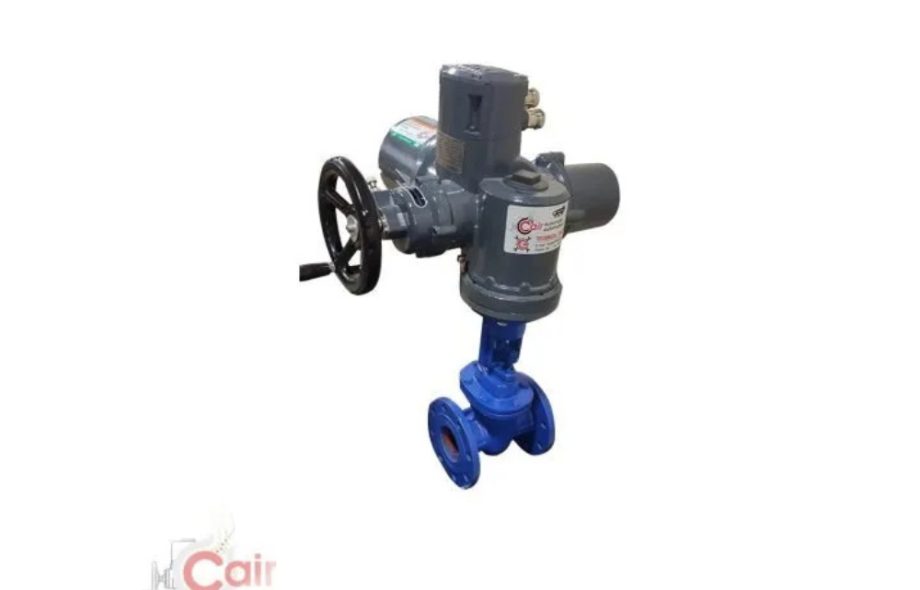Sluice gate valves are critical components in various industrial and municipal water management systems.
They control the flow of water and other fluids, ensuring efficient operation and safety in applications ranging from wastewater treatment to irrigation and flood control.
Due to their essential role, proper maintenance of sluice gate valves is crucial for ensuring long-term durability and optimal performance.
This article will provide practical maintenance tips for sluice gate valves to help you keep them in excellent working condition, particularly for applications in Ahmedabad.
Understanding Sluice Gate Valves
Sluice gate valves, also known simply as sluice valves or gate valves, are used to control the flow of fluids by sliding a gate into the path of the fluid.
These valves are typically used where a straight-line flow of fluid and minimum restriction is desired. They are operated manually or automatically, depending on the system’s requirements.
Importance of Maintenance for Sluice Gate Valves
Proper maintenance of sluice gate valves is vital for several reasons:
• Ensuring Operational Efficiency: Regular maintenance helps keep the valves in optimal condition, ensuring they operate smoothly and efficiently. This prevents the disruption of services, which is particularly important in critical applications such as water supply and wastewater management.
• Preventing Leaks and Failures: Well-maintained valves are less likely to leak or fail, reducing the risk of costly repairs and environmental damage. Leak prevention is crucial in areas like Ahmedabad, where water conservation is a priority.
• Extending Valve Lifespan: Regular maintenance can significantly extend the lifespan of sluice gate valves. By keeping the valves clean and well-lubricated, you can prevent corrosion and wear, ensuring they remain functional for years.
Sluice Gate Valve Maintenance Tips
To ensure the long-term durability and optimal performance of sluice gate valves, follow these maintenance tips:
Regular Inspection
Conduct regular inspections of the sluice gate valves to identify any signs of wear, damage, or corrosion.
Look for issues such as rust, cracks, or leaks that could compromise the valve’s performance. Inspections should be carried out at least once a month or more frequently if the valves are used in harsh conditions or critical applications.
Cleaning
Dirt, debris, and sediment can accumulate on the valve gate and other components over time, causing wear and reducing efficiency. Regular cleaning is essential to remove these contaminants.
Use a soft brush or cloth to clean the valve surfaces, ensuring not to damage the seals or other delicate parts. In applications where the fluid contains solid particles, more frequent cleaning may be required to prevent clogging.
Lubrication
Lubrication is crucial for the smooth operation of sluice gate valves. Apply a suitable lubricant to the valve stem, gate, and other moving parts to reduce friction and wear.
Ensure that the lubricant is compatible with the valve material and the type of fluid being controlled. Regular lubrication prevents the gate from sticking and reduces the effort required to operate the valve.
Testing Valve Operation
Regularly test the operation of the sluice gate valves to ensure they open and close smoothly. This can be done by manually operating the valve or using the automated control system. Pay attention to any unusual resistance, noise, or delay in the valve’s movement, as these could indicate underlying issues that need to be addressed.
Checking Seals and Gaskets
Seals and gaskets play a crucial role in preventing leaks in sluice gate valves. Inspect these components regularly for signs of wear, cracking, or damage.
Replace any worn or damaged seals and gaskets immediately to prevent leaks and maintain the integrity of the valve. Using high-quality replacement parts will ensure better performance and longer service life.
Corrosion Protection
Corrosion is a common issue in sluice gate valves, especially in environments with high moisture or chemical exposure.
Apply anti-corrosion coatings or paints to the valve surfaces to protect them from rust and corrosion. Regularly check for signs of corrosion and address them promptly to prevent further damage.
Proper Storage and Handling
When not in use, store sluice gate valves in a dry, clean environment to prevent exposure to moisture and contaminants.
Handle the valves carefully during installation and maintenance to avoid physical damage. Proper storage and handling practices can significantly extend the lifespan of the valves.
Implementing a Maintenance Schedule
Establish a regular maintenance schedule for sluice gate valves to ensure that all necessary tasks are performed consistently.
This schedule should include inspections, cleaning, lubrication, testing, and any other required maintenance activities. Keeping a maintenance log will help track the condition of the valves and identify any recurring issues.
Conclusion
Sluice gate valves are essential components in various water management systems, and their proper maintenance is crucial for ensuring long-term durability and performance.
By following the maintenance tips outlined in this article, you can extend the lifespan of your sluice gate valves, prevent leaks and failures, and maintain efficient operation.
Regular inspection, cleaning, lubrication, and testing are key to keeping these valves in excellent working condition.
In Ahmedabad, where efficient water management is vital, investing time and effort in sluice gate valve maintenance can lead to significant long-term benefits.
For high-quality sluice gate valves and expert advice on maintenance practices, consider reaching out to Cair Euromatic, a trusted name in valve manufacturing and solutions.












